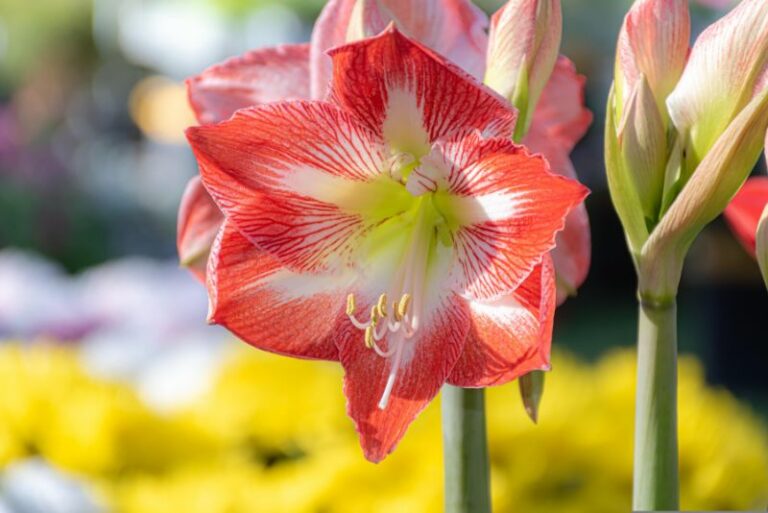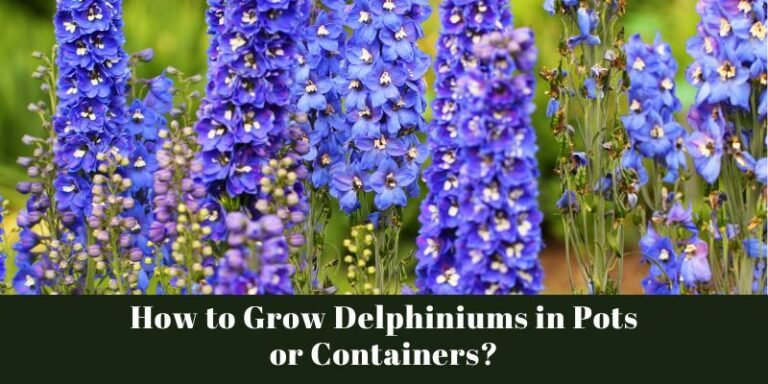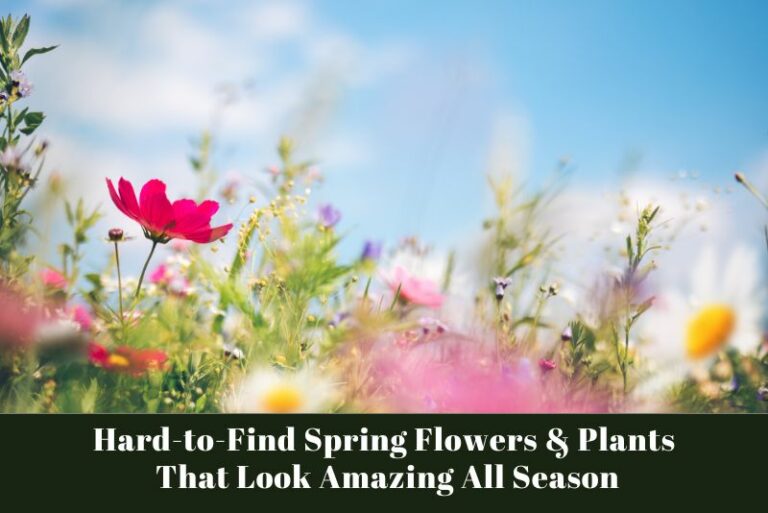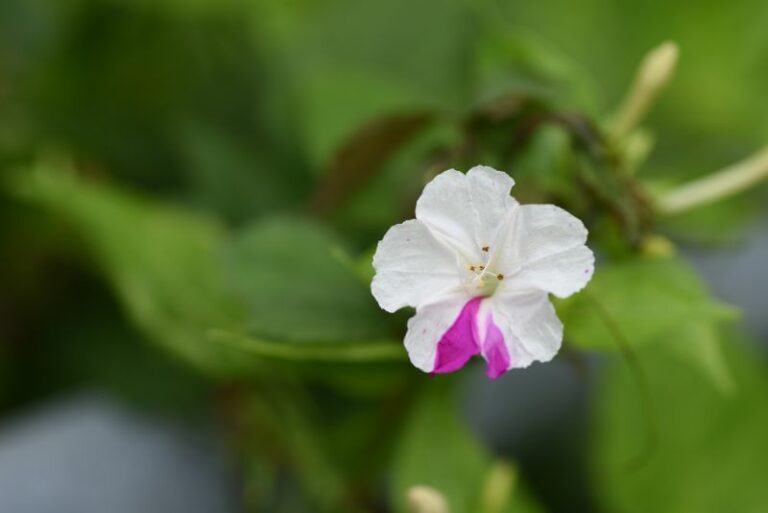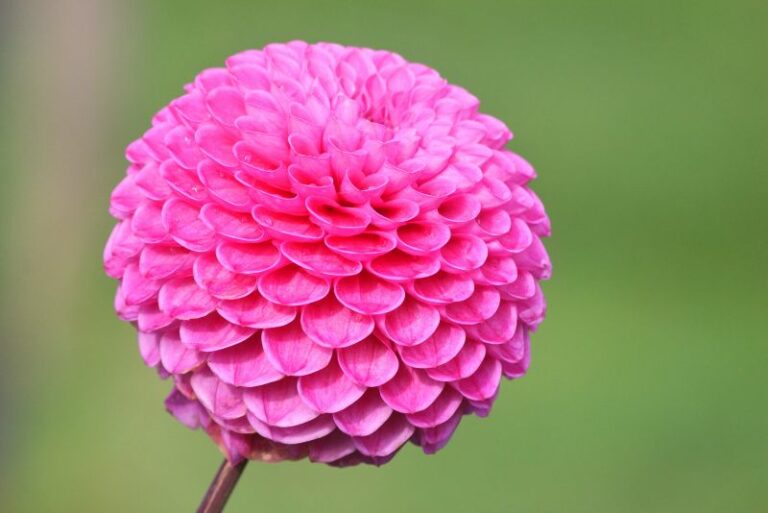How to Plant, Grow, and Care for Breadseed Poppies
Standing tall in vibrant hues of crimson, pink, and white, the breadseed poppy (Papaver somniferum) is not only a stunningly beautiful flower but also a cherished and versatile plant. From gracing gardens with its presence to providing seeds used in both cuisine and traditional herbal medicine, the breadseed poppy offers multifaceted benefits. Whether you’re a green-thumbed gardening enthusiast or simply someone looking to cultivate a new hobby, this guide is designed to walk you through the process of nurturing breadseed poppies from seed to bloom.
A Cornucopia of Uses
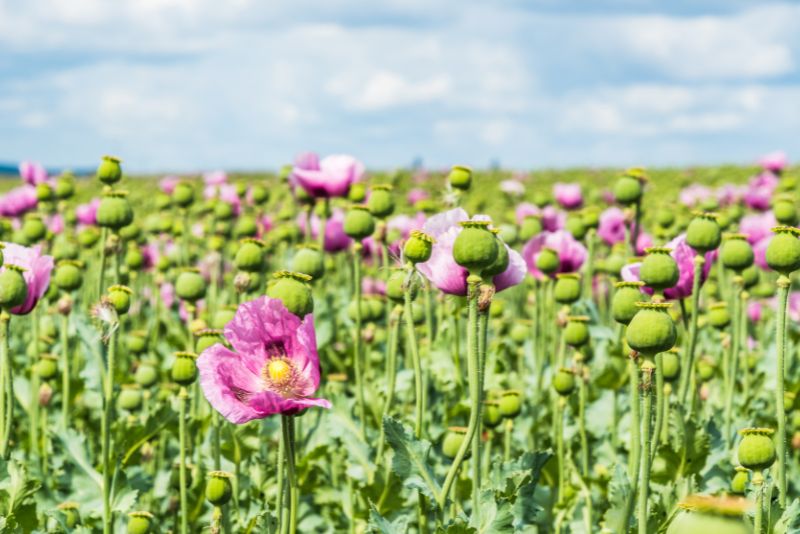
The breadseed poppy, also known as the opium poppy, has a storied history cultivated for over 3,000 years. Poppies are not only beloved for their delicate, papery flowers but also for their useful seeds and the milky latex that yields opium and its derivatives, including morphine and codeine. However, for the everyday gardener, the primary allure of these poppies lies in their vibrant blossoms and ease of cultivation.
Planting Breadseed Poppies is an act that connects us to ancient traditions, especially in culinary and medicinal applications. Poppies serve as a flavorful addition to dishes or as an ingredient in traditional medicines. Interestingly, these garden giants have also inspired art and literature, symbolizing both the ephemeral nature of life and the potential for rebirth.
Planting Breadseed Poppies: Roots to Shoots
Soil Preparation: Laying the Groundwork for Success
Breadseed poppies thrive in well-drained, moderately fertile soil with a slightly alkaline to neutral pH. Before sowing your seeds, prepare the soil by digging down to a depth of about 12 inches. Remove any rocks or debris and work in a generous amount of organic matter, such as compost or well-rotted manure, to enhance soil structure and nutrient content. This step is crucial as it will allow the poppy’s long taproot to penetrate the soil easily.
Seed Planting Techniques: Nurturing the Next Generation
Poppies can be direct-sown into the garden or started indoors for later transplanting. For direct sowing, scatter the tiny seeds sparingly over the prepared soil, then lightly rake the area to cover the seeds with a fine layer of soil. Water gently. If starting indoors, sow the seeds in a cell pack with a well-draining seed-starting mix. Keep the soil consistently moist but not waterlogged, and maintain a warm soil temperature of around 60 to 70°F.
Ideal Growing Conditions: Setting the Stage for Flourishing
Breadseed poppies appreciate full sun, so choose a planting location that receives at least 6 to 8 hours of direct sunlight each day. The area should provide some protection from strong winds, which can damage the poppy’s delicate foliage. Plant the seeds in late fall or early spring, as poppies are cool-season annuals that prefer the milder weather of these seasons.
Caring for Breadseed Poppies: A Recipe for Resilience
Watering and Fertilizing Guidelines: Nourishing the Garden Elegance
Poppies need regular watering to keep the soil evenly moist, especially during dry spells. However, overwatering can lead to rot, so monitor the moisture level and adjust your watering schedule as needed. These plants generally do not require much fertilization, but you can apply a balanced fertilizer once or twice during the growing season if your soil is poor. Be sure to stop fertilizing once flower buds form, as too much nitrogen can lead to abundant foliage but few flowers.
Pest and Disease Management: Safeguarding Your Serenity
Thankfully, breadseed poppies are relatively disease-resistant. However, they can be vulnerable to issues such as damping off, a fungal disease that affects young seedlings. To prevent this, ensure proper soil drainage, use a sterile seed-starting mix, and provide good air circulation. As for pests, the occasional aphid or slug may find your poppies attractive. Handpick and remove these pests, or use natural remedies like neem oil for aphid control.
Pruning and Deadheading Tips: Securing Continued Splendor
Poppies do not require much pruning, but you can deadhead spent flowers to encourage prolonged blooming. Simply snip the flower stalk back to the main stem or to a set of leaves below the spent flower. Deadheading prevents the formation of seed pods, which redirects the plant’s energy into producing more flowers. As the season winds down, allow some flowers to go to seed if you’d like to cultivate the next generation.
Harvesting and Using Breadseed Poppies: The Fruits of Your Labor
Seed Harvesting Methods: Gathering the Future Blooms
Poppies are most commonly grown for their seeds. Harvesting the seeds is a simple process. Allow the seed pods to dry on the plant until they turn brown and begin to open at the top. Cut the pods from the plant and shake the seeds into a bowl. You can dry the seeds further by spreading them in a single layer on a screen or paper plate, then store them in an airtight container away from light and moisture.
Culinary and Medicinal Uses: The Seed of Possibilities
Breadseed poppy seeds are a classic addition to baked goods, providing a crunchy texture and nutty flavor. They’re commonly used in pastries, bread, and bagels, as well as a topping on a variety of dishes. In herbal medicine, poppy seeds are used as a mild sedative and to promote relaxation. However, it’s essential to note that the plant’s sap and seeds naturally contain opiates, so their use should be approached with caution and respect.
Storage and Preservation Techniques: A Longevity Strategy
To keep your poppy seeds fresh, store them in a cool, dark place. A pantry or cupboard works well, as long as it is not exposed to temperature fluctuations. Moisture is the enemy of seed viability, so ensure your storage method keeps humidity out. Properly dried and stored poppy seeds should be viable for planting for up to two years.
Conclusion: The Timeless Appeal of Breadseed Poppies
Breadseed poppies offer a treasure trove of beauty and utility, all wrapped in one brilliant package. Cultivating these plants from seed is not only a rewarding way to add color to your garden but also an opportunity to connect with history and tradition. As you’ve learned, the process is straightforward, but the benefits are enduring.
If you’ve not yet embarked on the voyage of growing your own poppies, consider starting this coming season. Share your poppy harvests with friends, experiment with them in the kitchen, or create your own line of herbal remedies. The possibilities are as endless as the petals on your poppies are ephemeral. Happy gardening!

